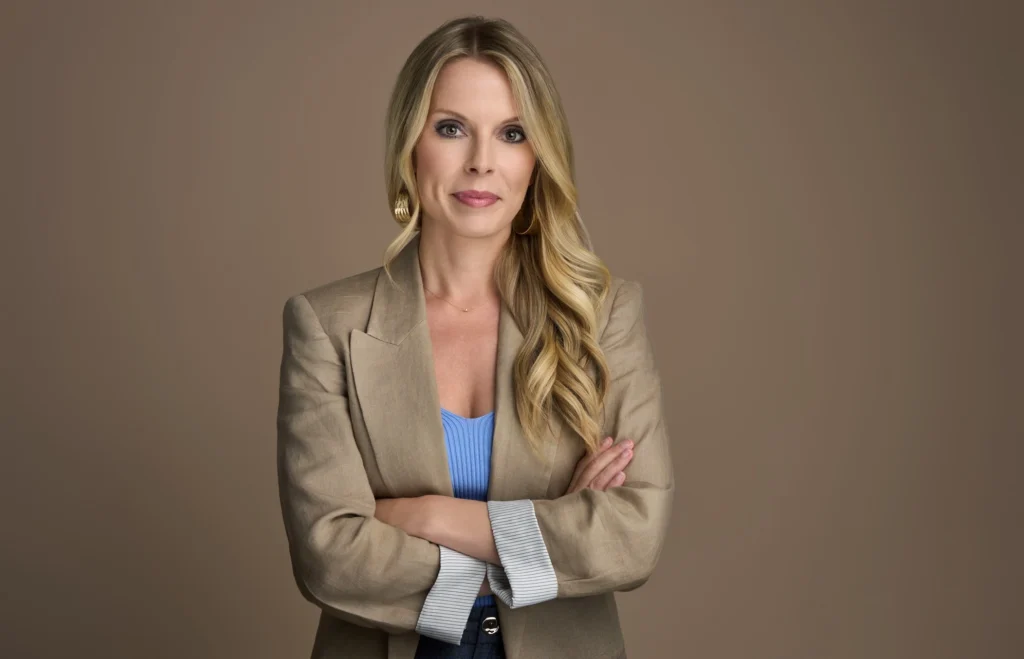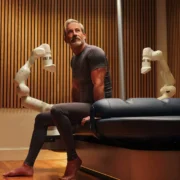Wellness leaders sell recovery but often run themselves into the ground. The cost isn’t just personal — it’s organizational, writes Brynn Scarborough
We are the leaders of wellness. The architects of performance. The ones who design systems for rest, recovery and human optimization. But far too often, we’re also the most exhausted people in the room.
After more than 20 years building and scaling companies in wellness, fitness and leadership development, I’ve witnessed an ironic but undeniable pattern: the very people creating solutions for human sustainability are themselves burning out.
It’s not for lack of knowledge. We track our sleep, stack our supplements and preach recovery protocols to our teams and customers. But we often fail to follow the principles we promote. Why? Because we’re too busy carrying the vision, the execution and the emotional weight of what we build.
That contradiction was front and center at this year’s ATN Innovation Summit, where I had the privilege of leading panels on wellness consumer insights, revenue through recovery modalities, and separating research fact from fiction, particularly in women’s health.
Across every session, one theme echoed: we need to start resourcing the leaders behind the innovation, not just the users.
That’s exactly what my current doctoral research is focused on: creating a modern resilience toolkit for high-performing professionals, particularly those leading in wellness and fitness.
We’re not talking about generic stress management. We’re talking about a system for sustainable capacity: how to raise your baseline so you’re not cycling between redlining and recovery. This is the core of the “Whole Human Method” I’ve developed through my company, Alchemy Leadership Lab — a model that meets leaders at the intersection of personal wellness, leadership growth and organizational performance.
The insight is simple: there is no one-size-fits-all approach to resilience.
Leaders must build their own toolkit. That means addressing the five pillars of wellness — sleep, nutrition, movement, community and purpose — through their unique behaviors, patterns and environments. It means designing recovery that fits real life, not just an idealized version of it.
Why This Matters for Our Industry
If we want better outcomes for our clients, members and teams, we have to start upstream, with ourselves.
A founder who is constantly depleted can’t lead with clarity. A VP running on adrenaline makes reactive decisions. A studio owner who hasn’t slept in three nights can’t build community. The cost isn’t just personal — it’s organizational. Culture, retention, creativity and performance are all downstream of leadership wellbeing.
This research is about fixing that. And it needs your voice.
I’m currently inviting founders, executives and high-performance leaders in wellness and fitness to participate in a brief, research-backed survey exploring burnout, recovery and leadership resilience. It’s anonymous, takes less than 10 minutes and will shape how we build the next generation of leadership systems in this industry.
Sign up here.
You can also stay in the loop by joining our community at Alchemy Leadership Lab. Get early access to insights, tools and leadership development designed specifically for our space — because we’re not just solving burnout, we’re building the leadership infrastructure to prevent it.
Because if the people driving the wellness industry aren’t well, no one is.
Brynn Scarborough is the founder of Alchemy Leadership Lab, a doctoral researcher and executive leader.



